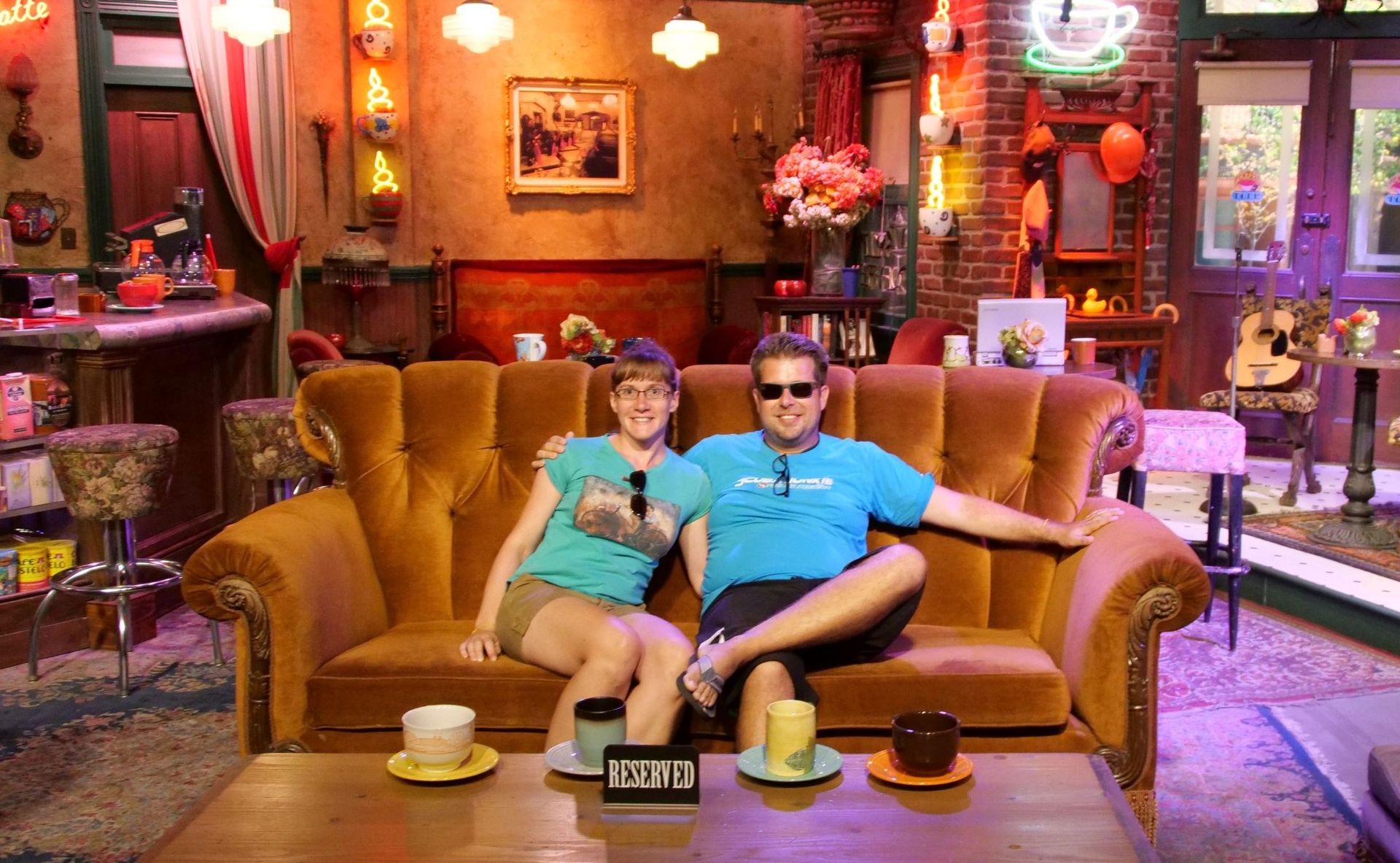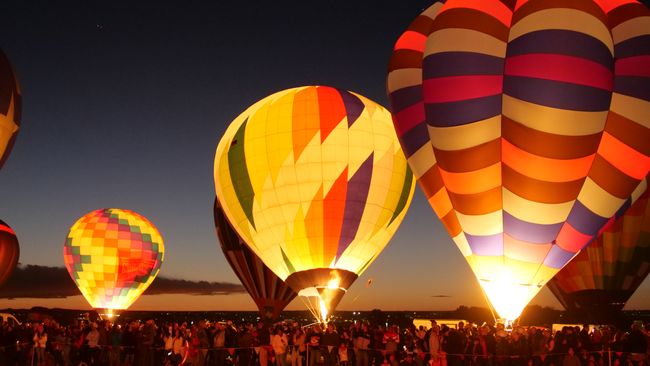27/09/2019 to 30/09/2019 - Antigua / Guatemala
Udgivet: 03.10.2019
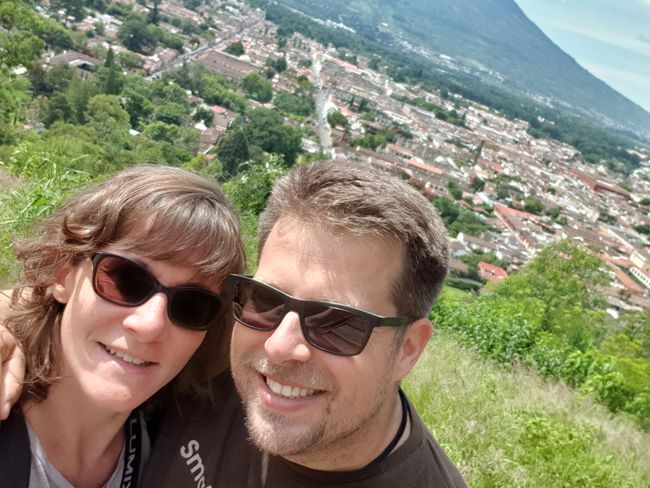
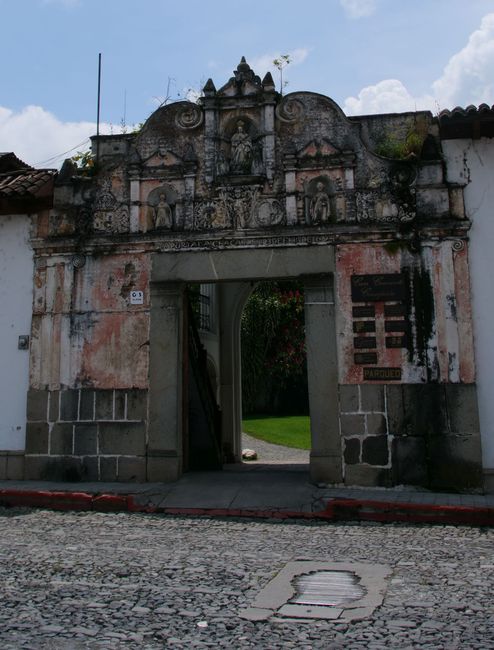
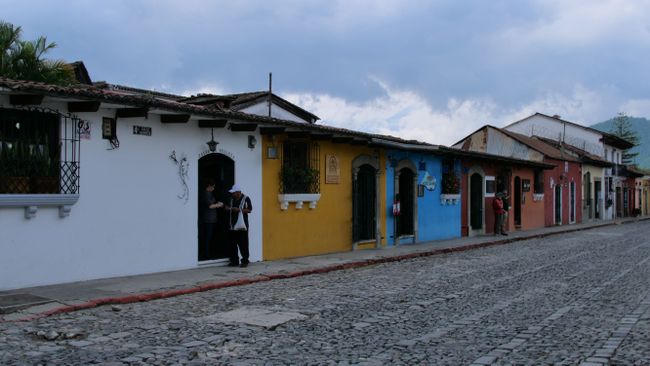
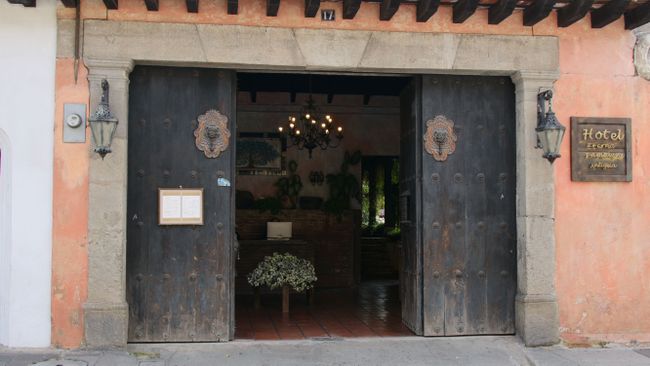
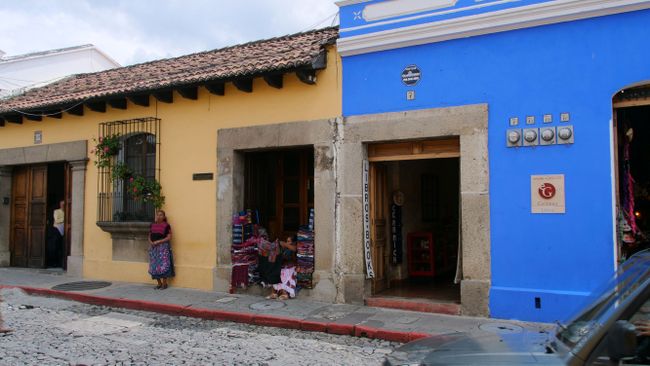
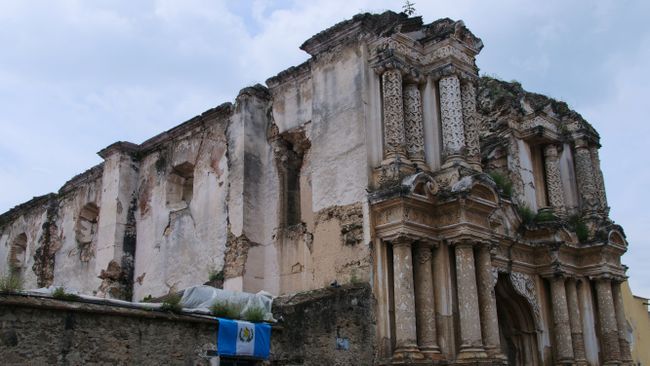
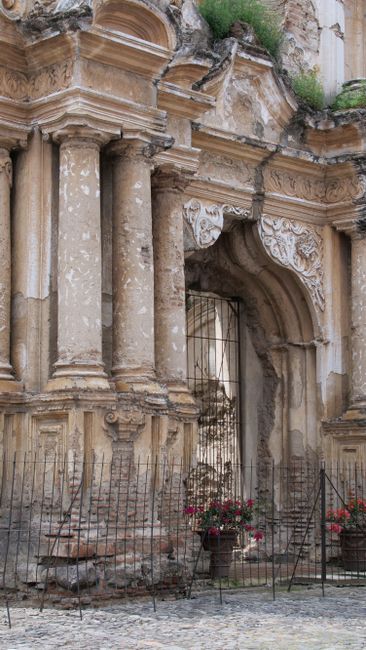
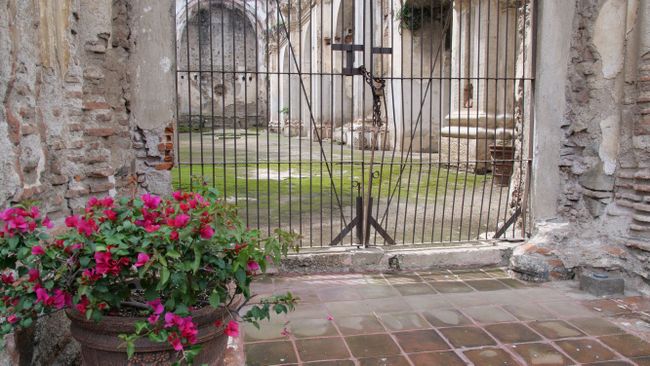
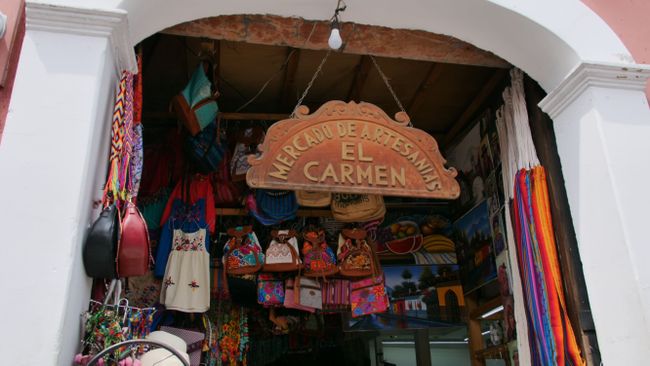
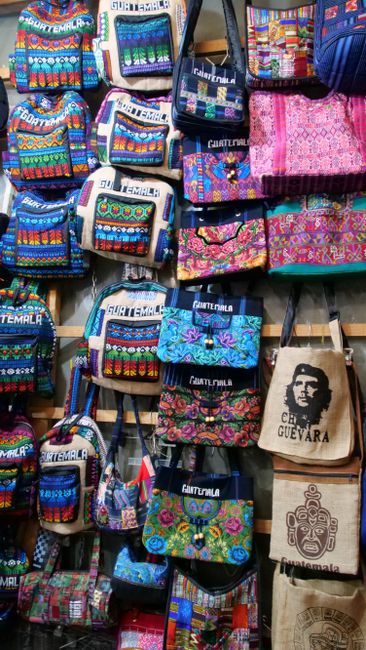
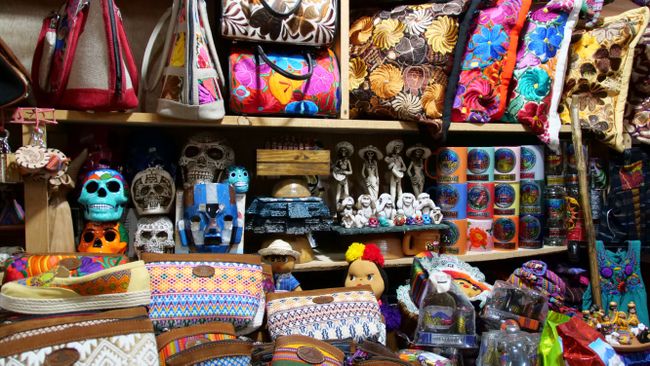
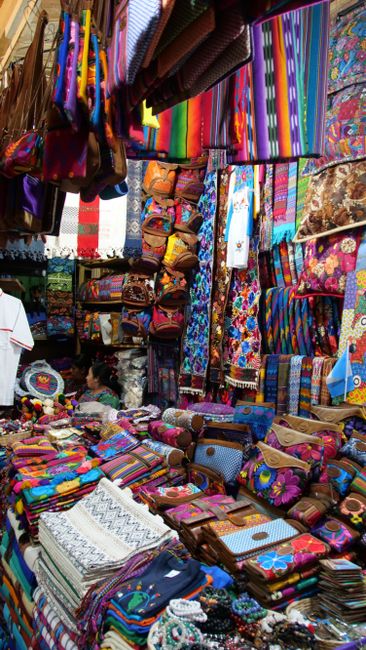
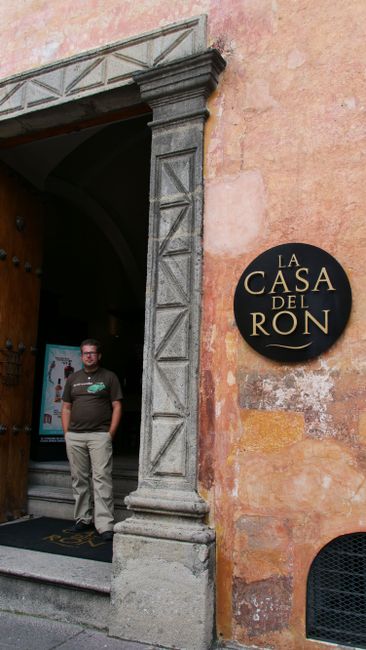
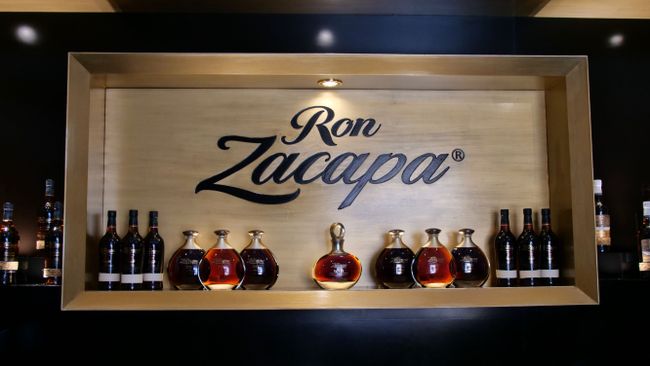

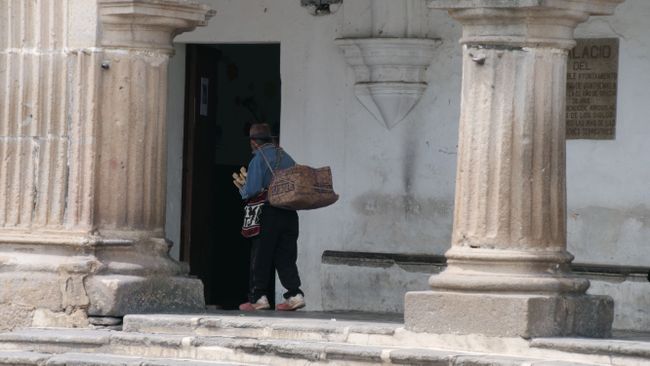
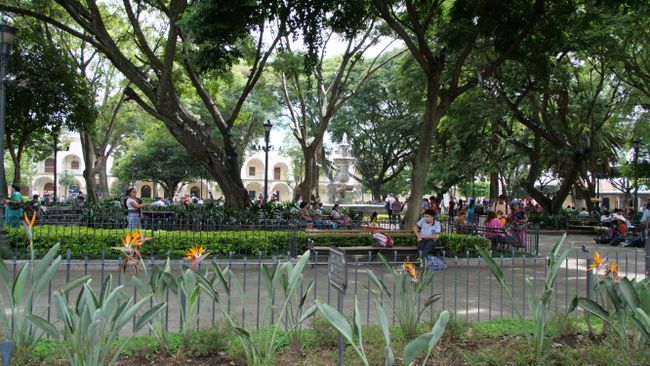
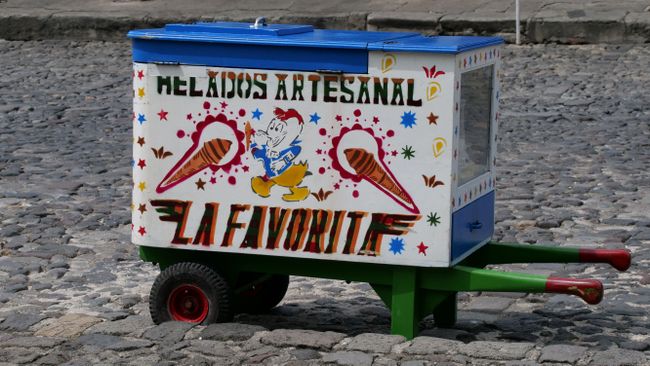
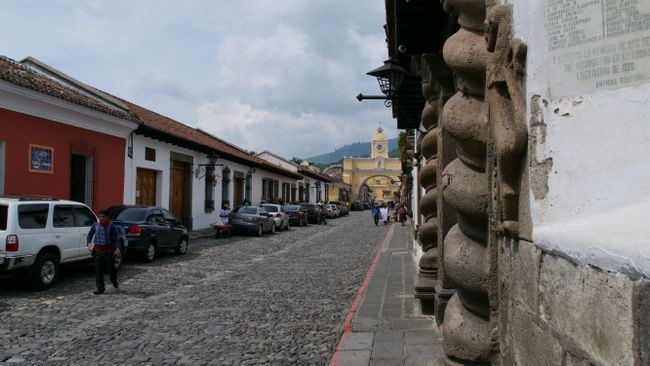
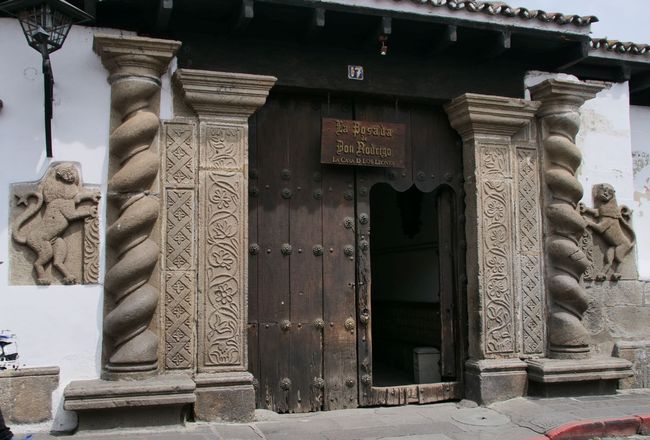
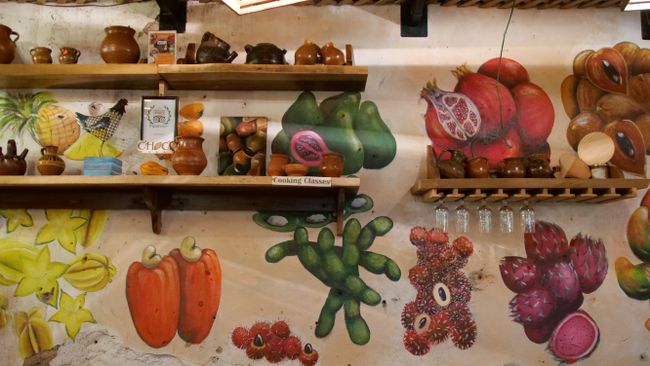
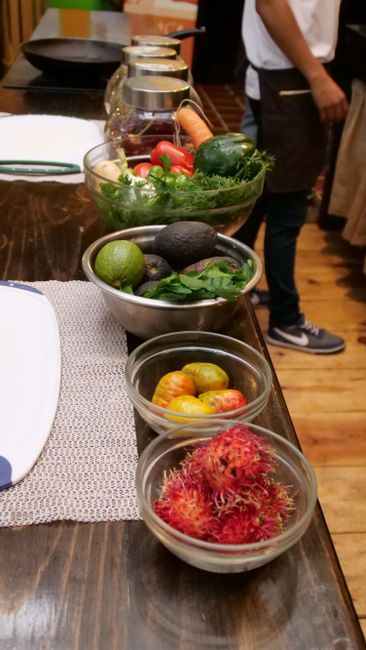
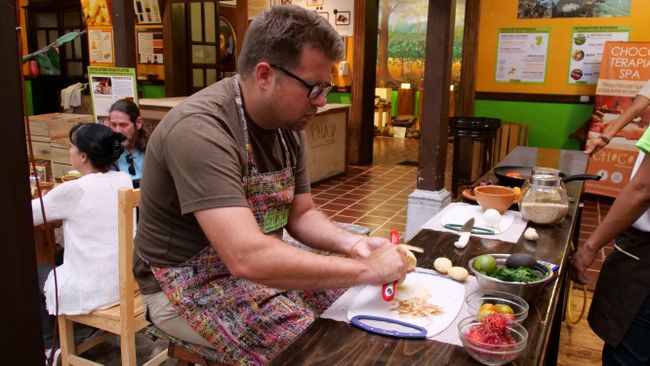
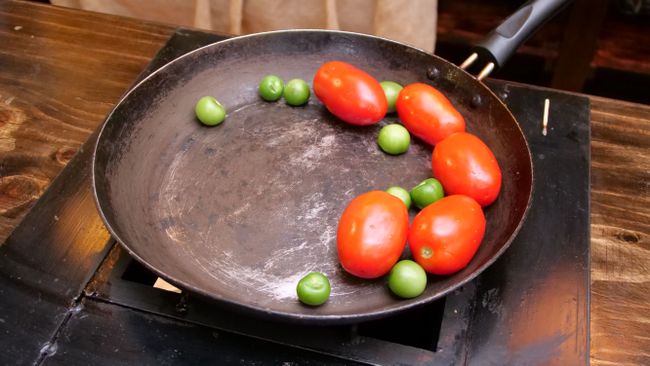
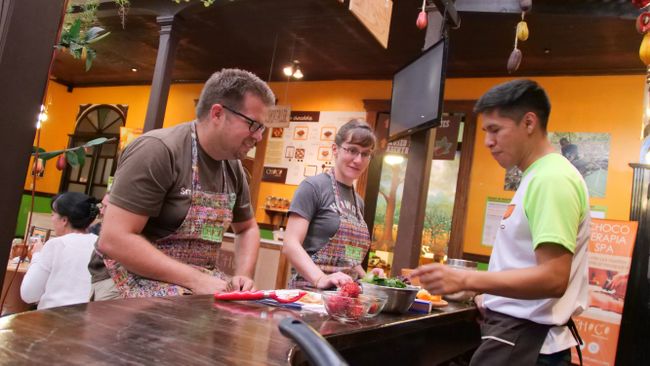
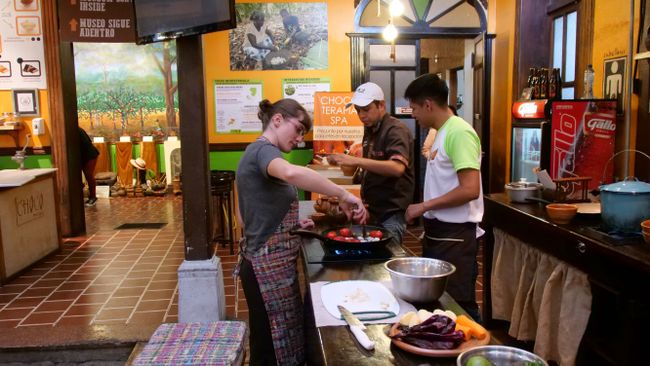

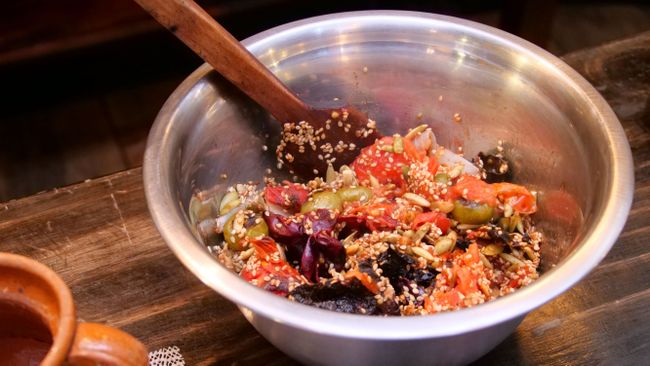
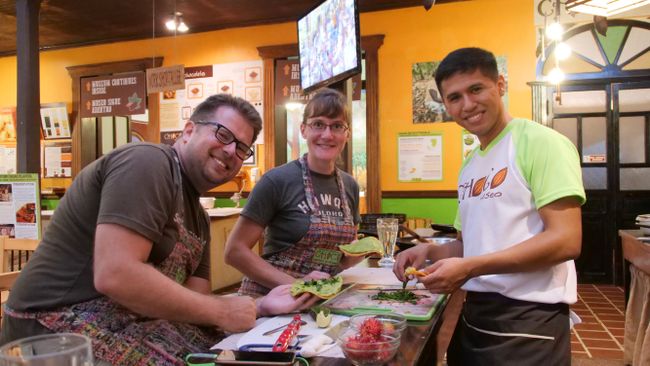
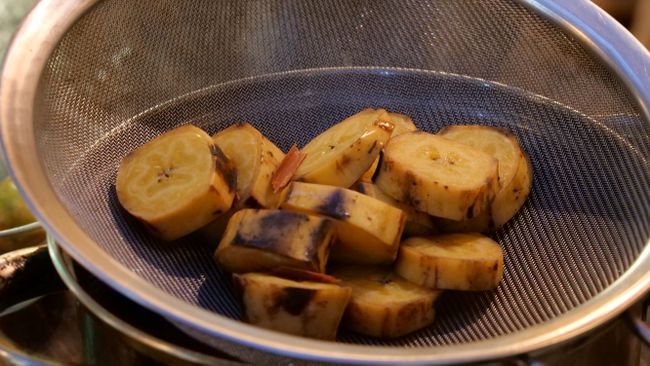
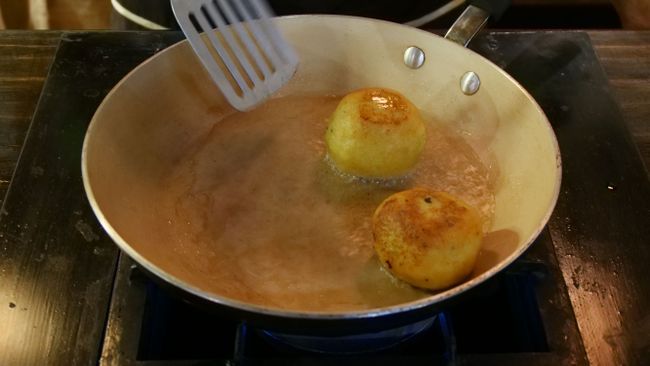
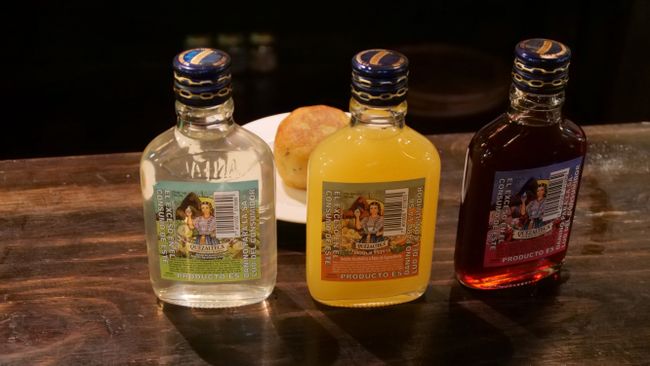
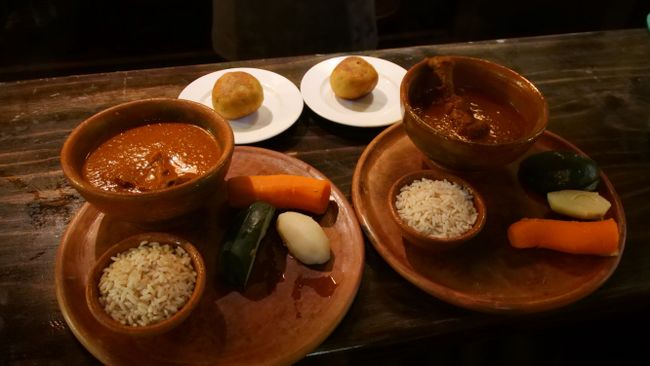
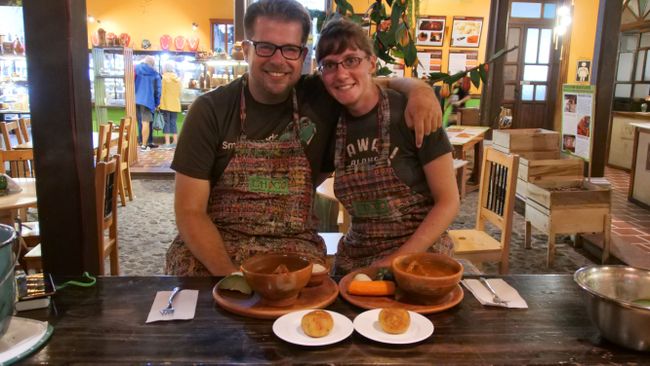
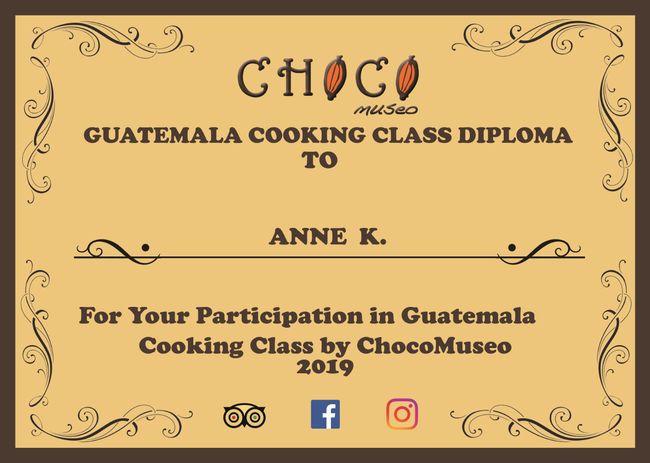
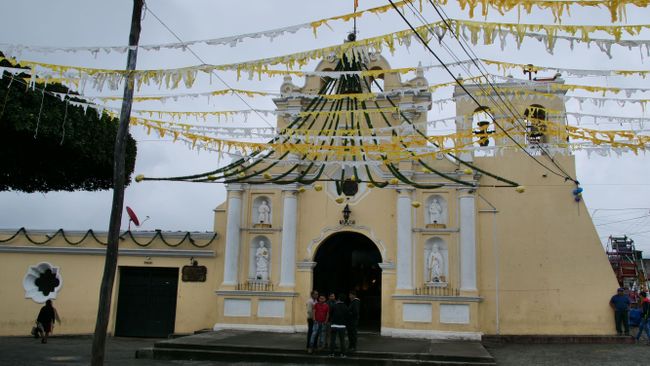
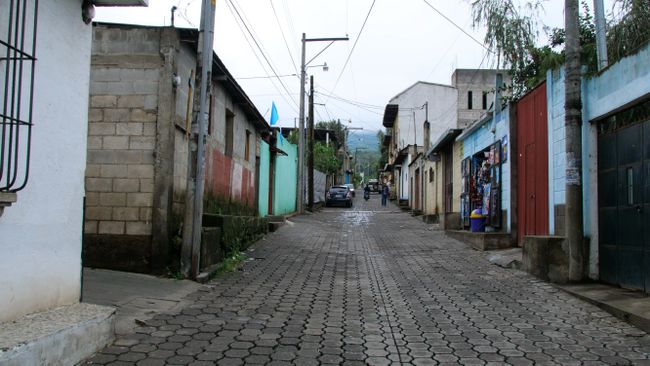
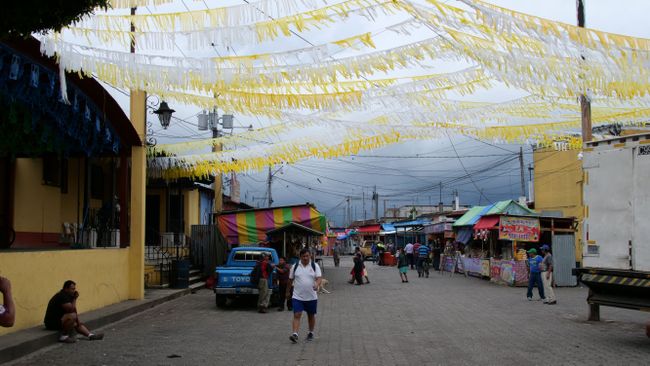
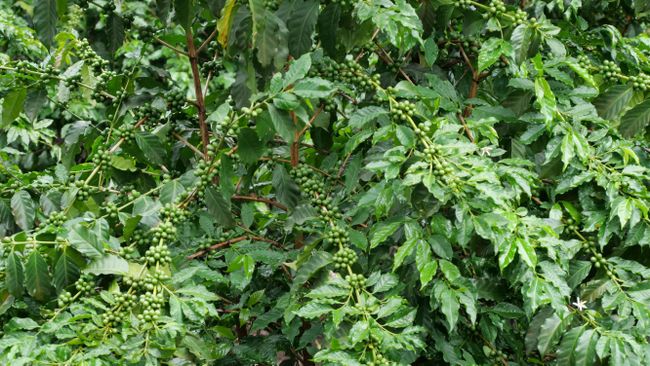
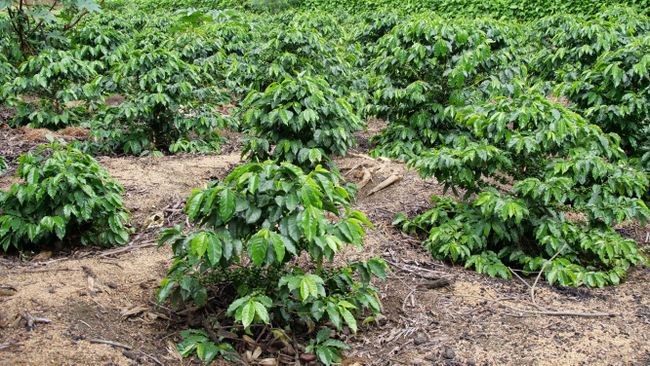
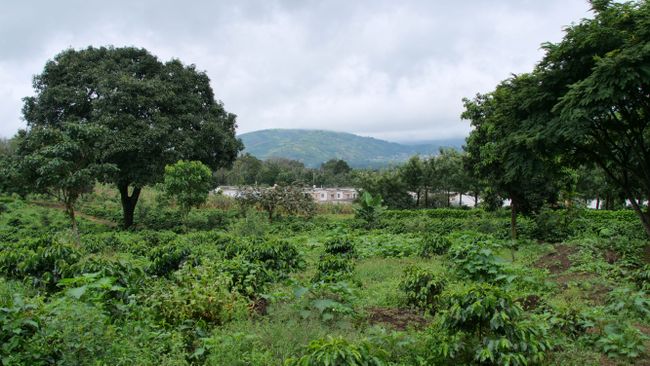
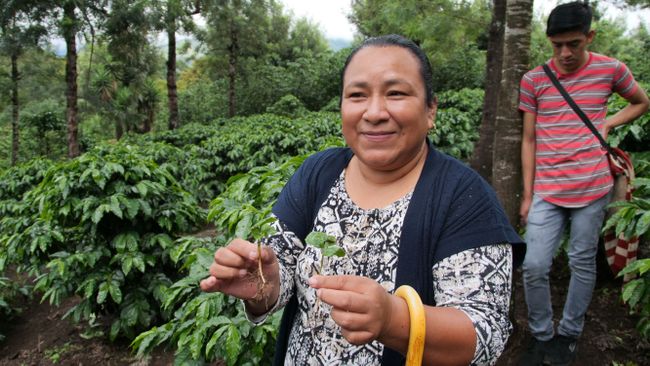
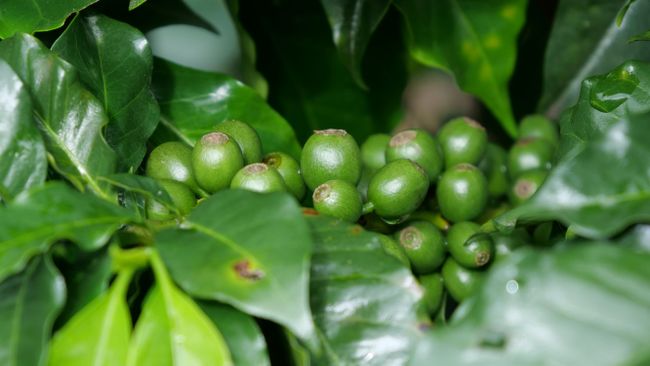
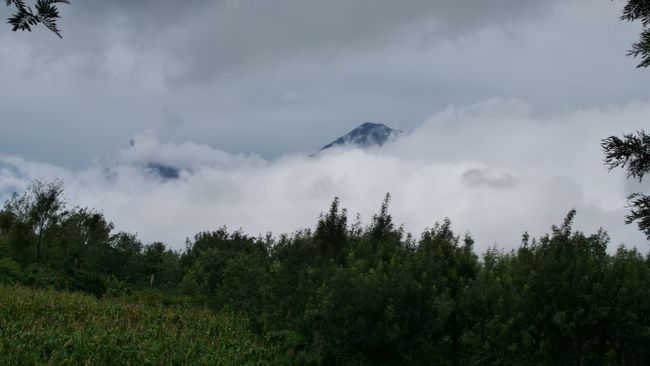
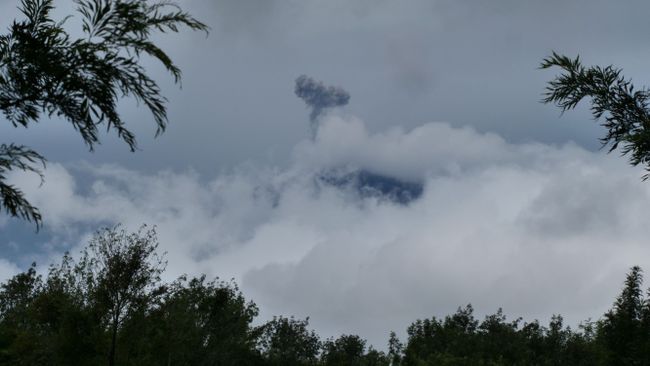
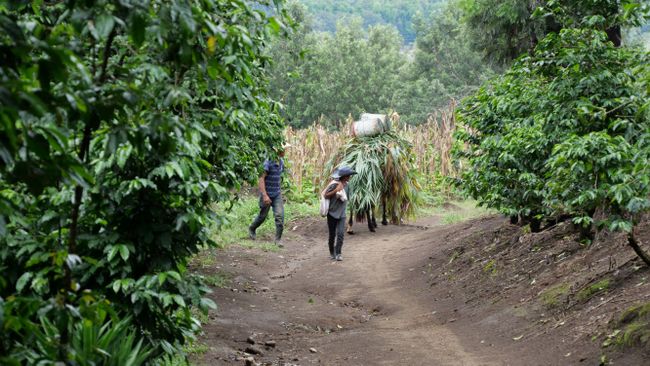
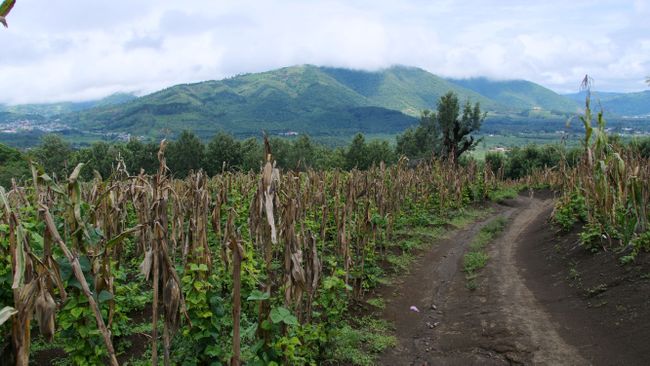
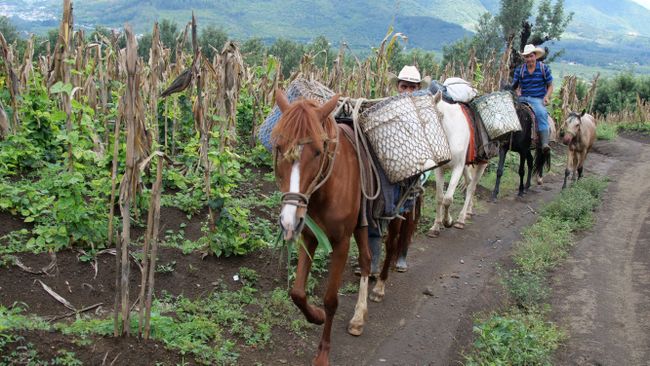
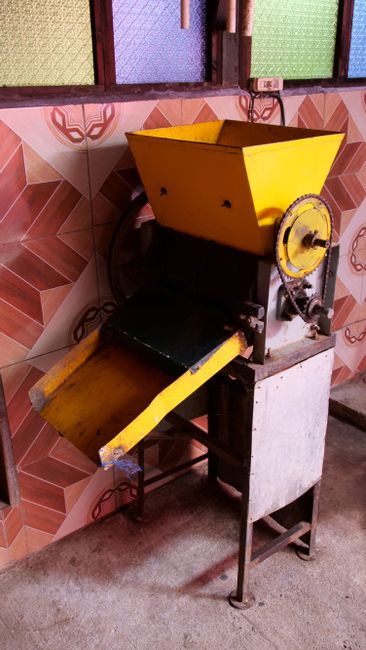
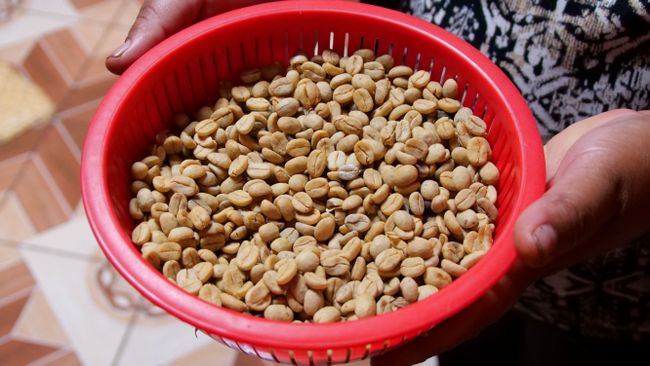
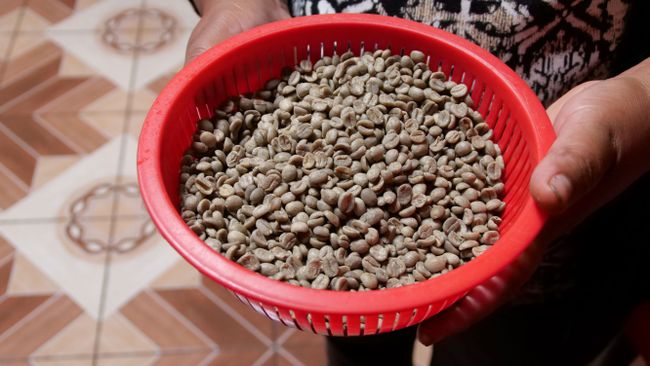
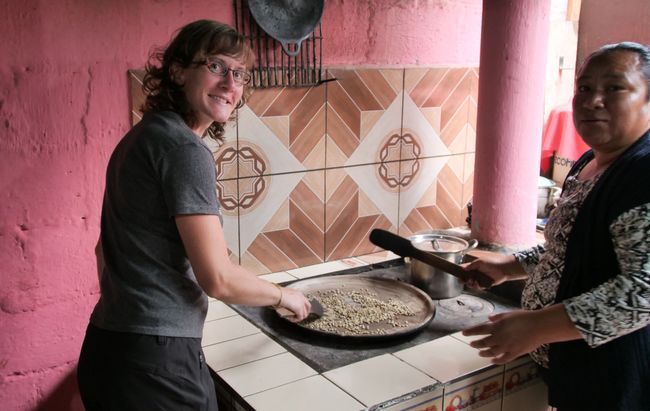
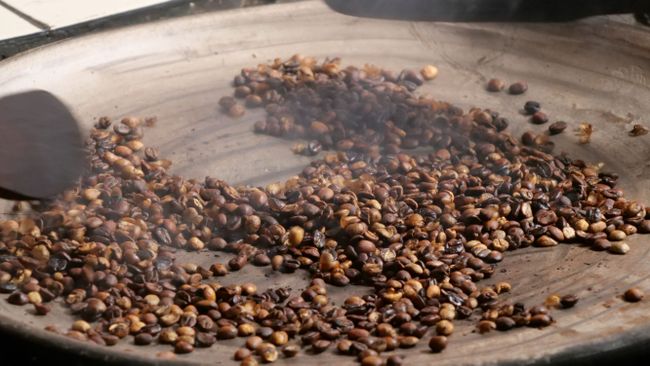
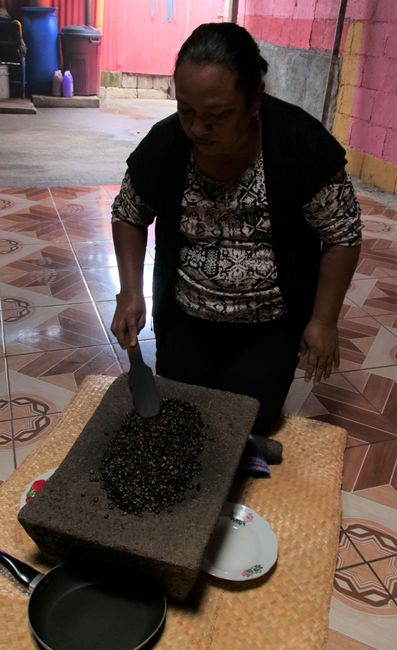
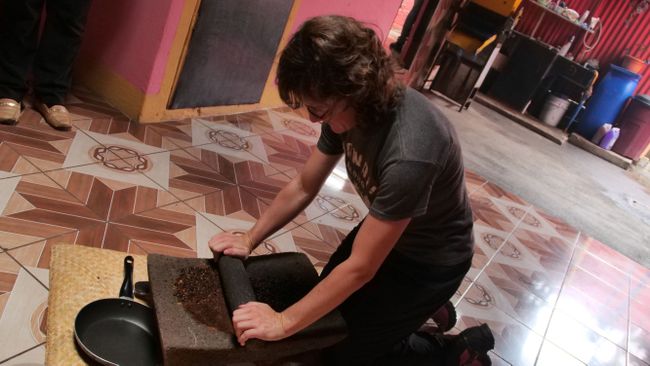
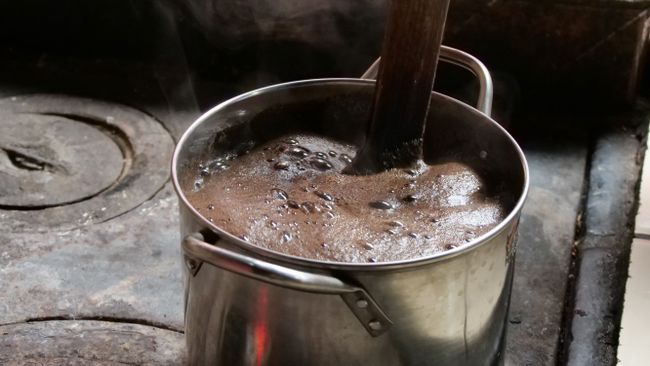
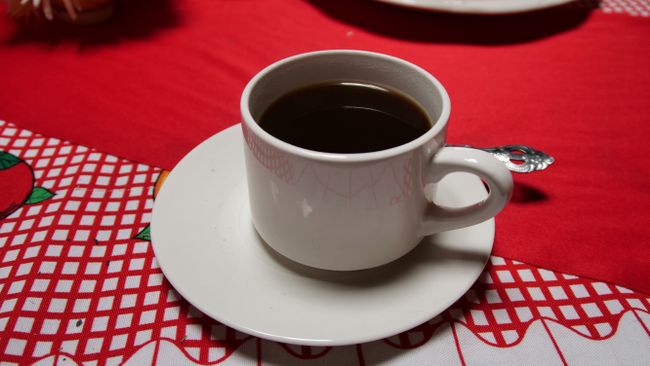
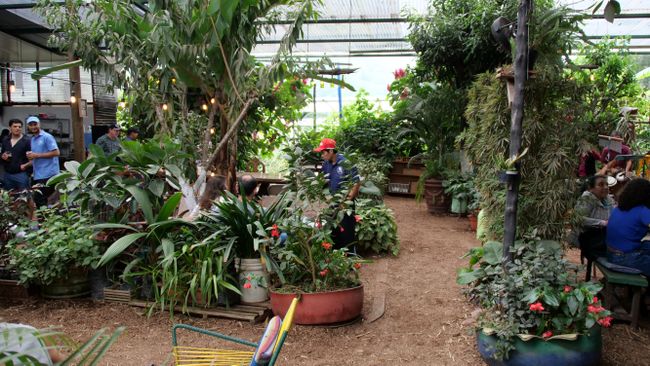
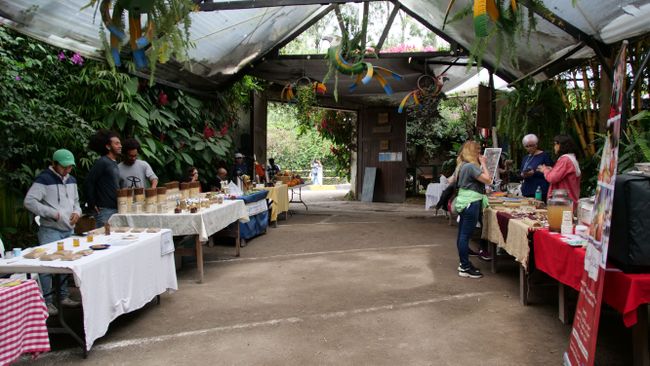
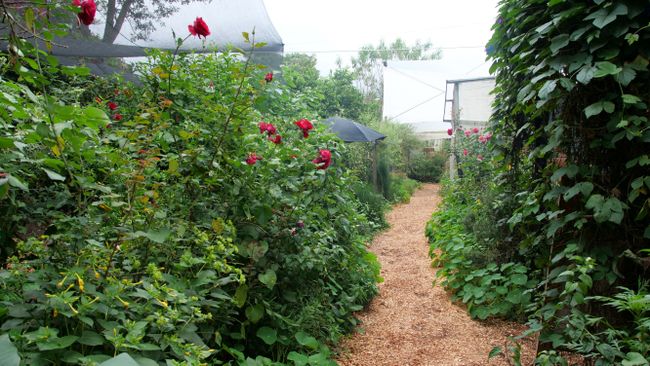
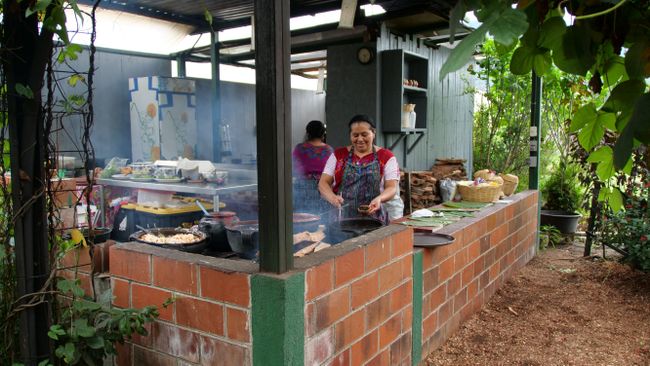
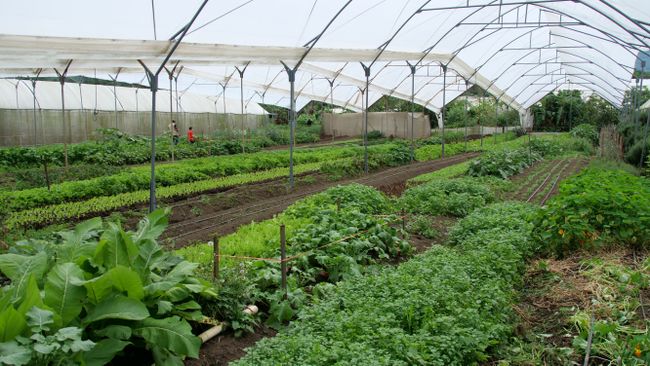
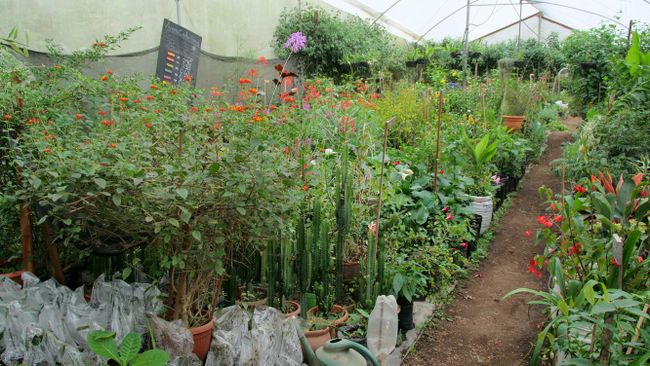
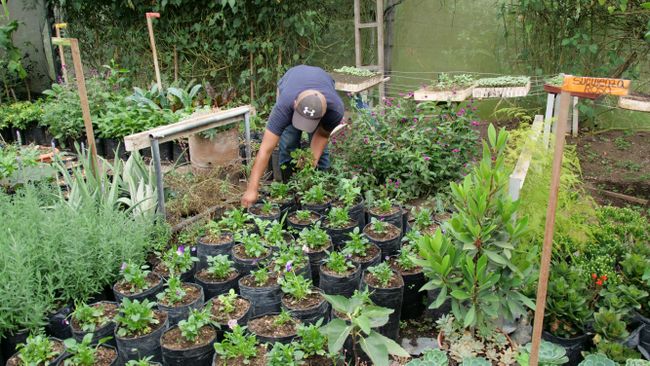
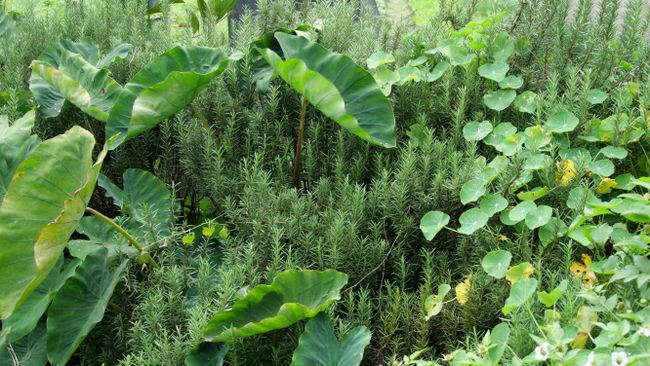
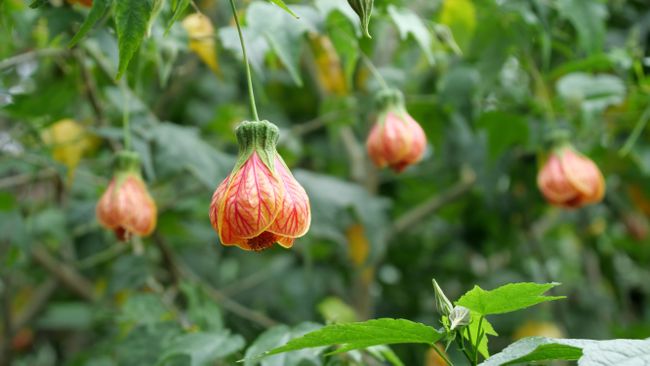
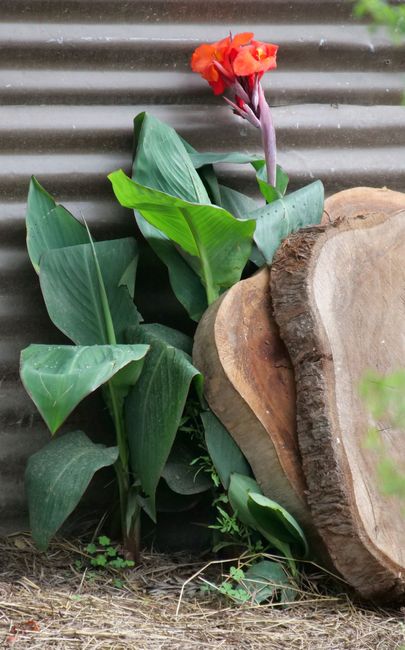
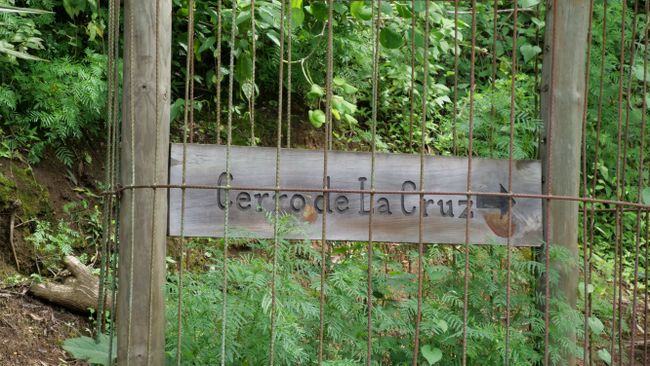
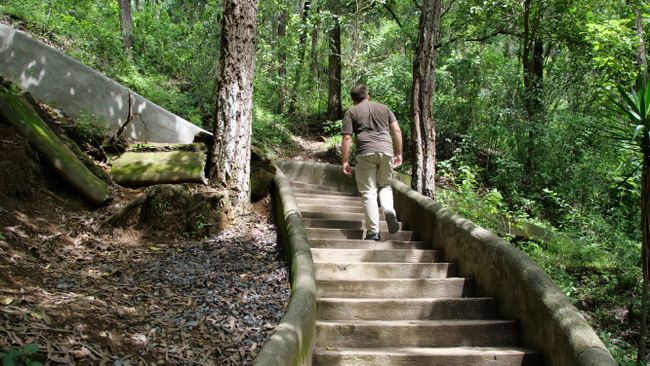
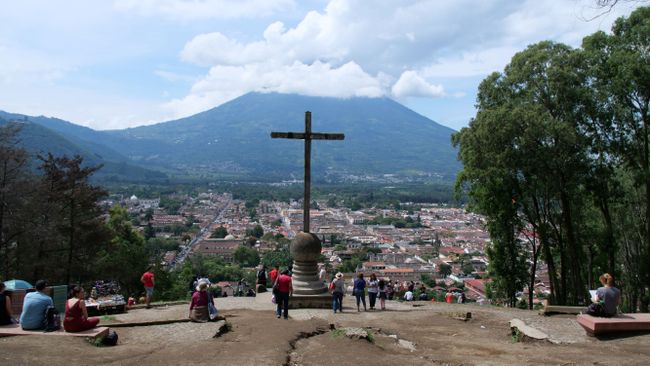
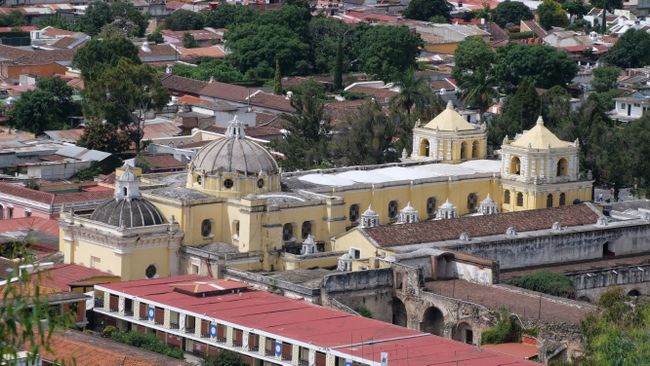
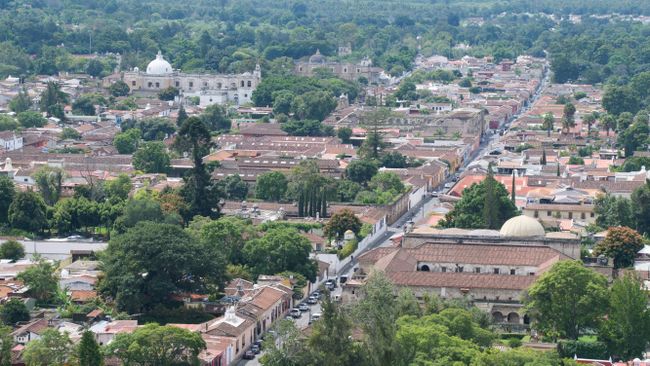
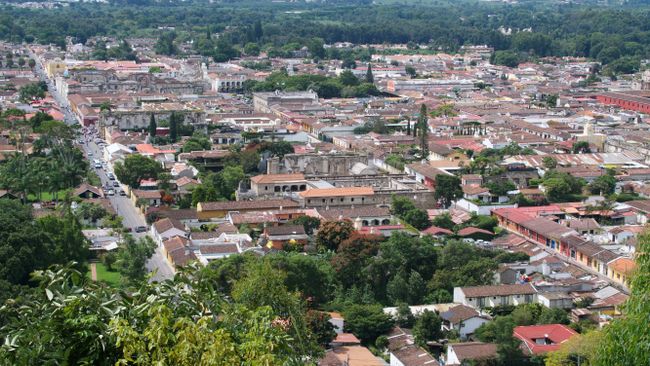
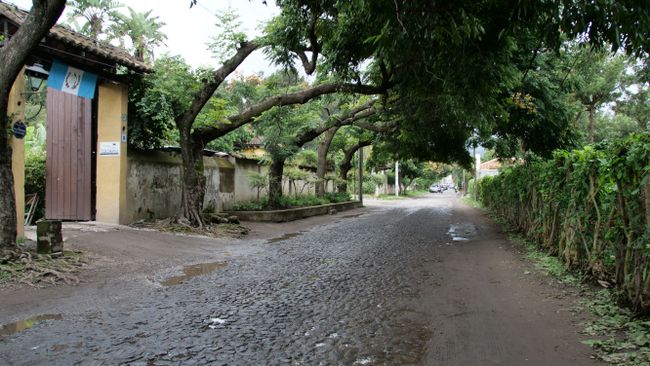
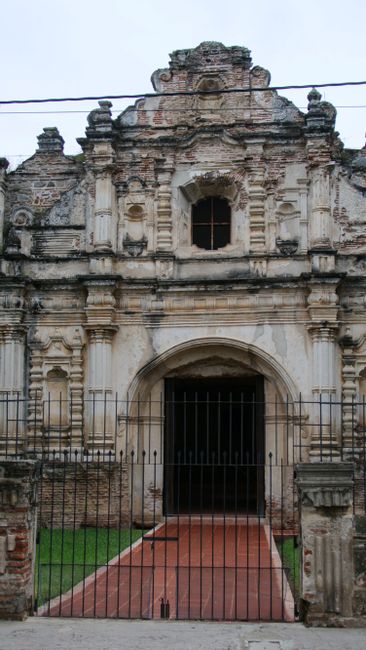
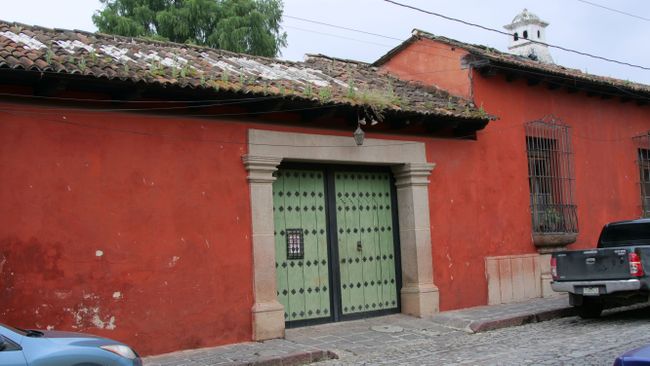
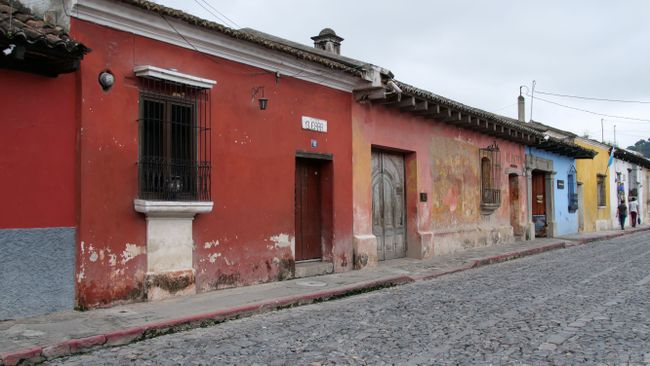
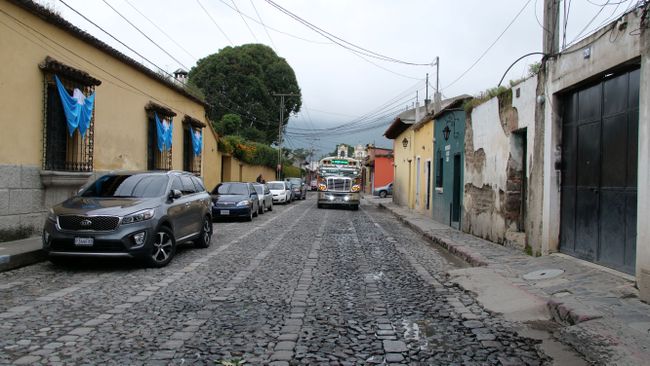
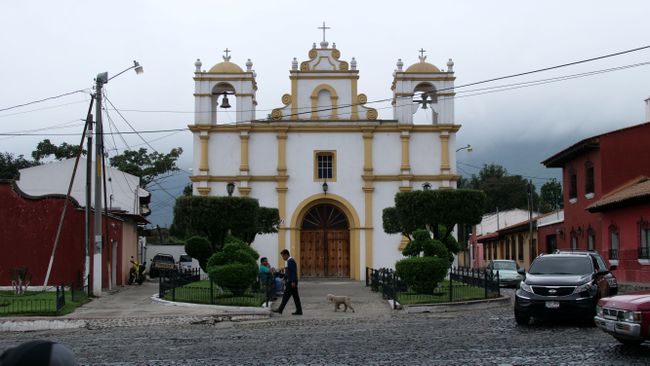
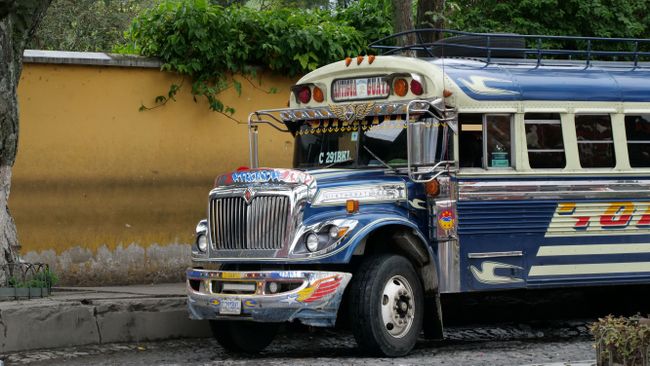
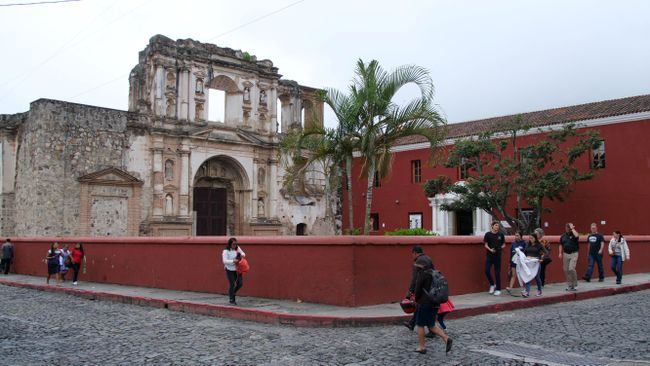
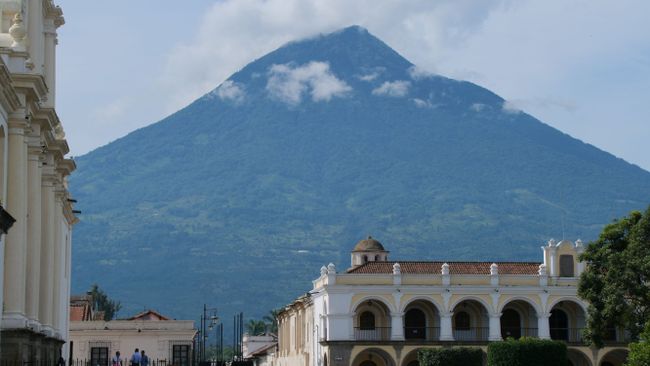
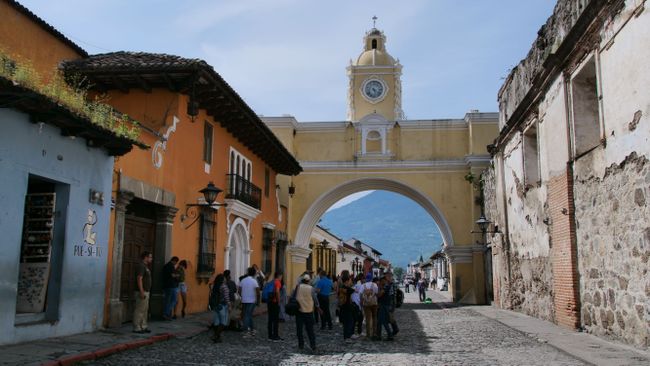
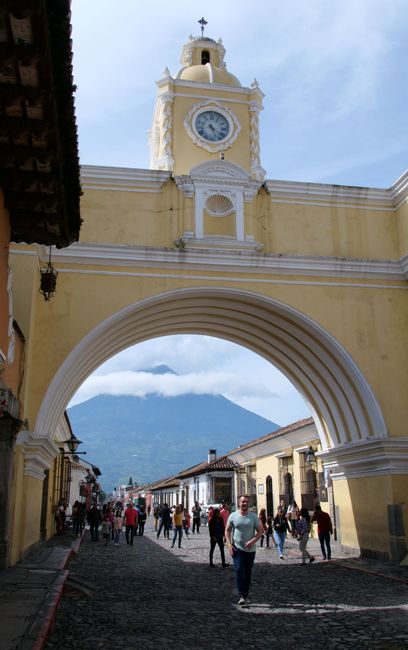
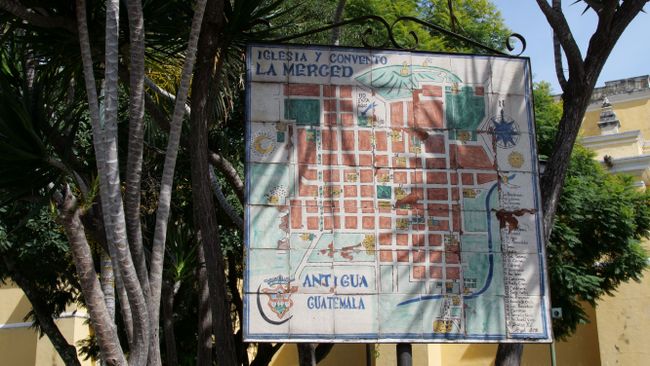
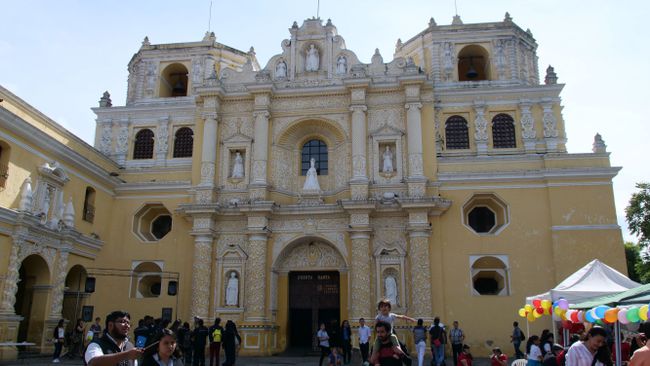
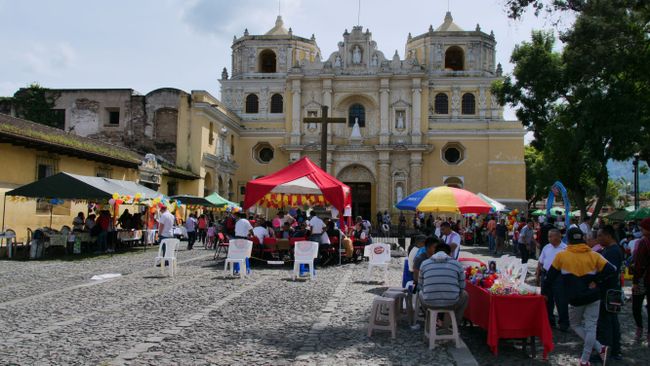
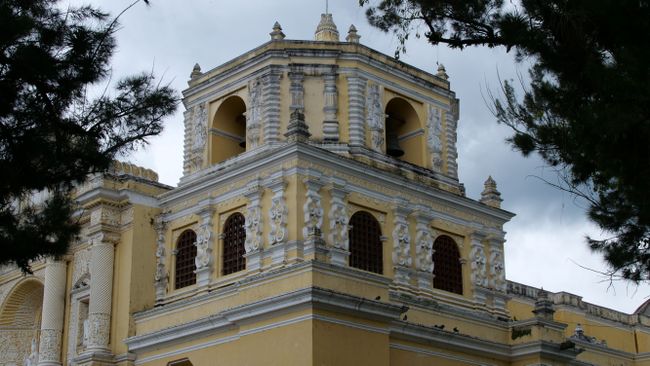
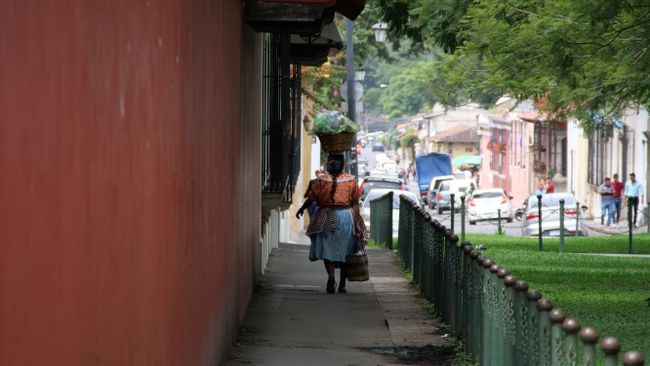
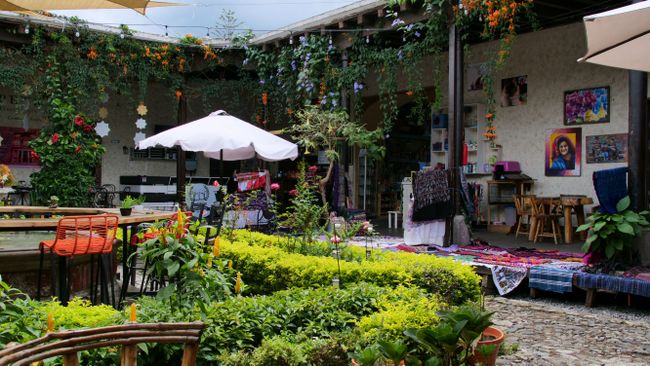
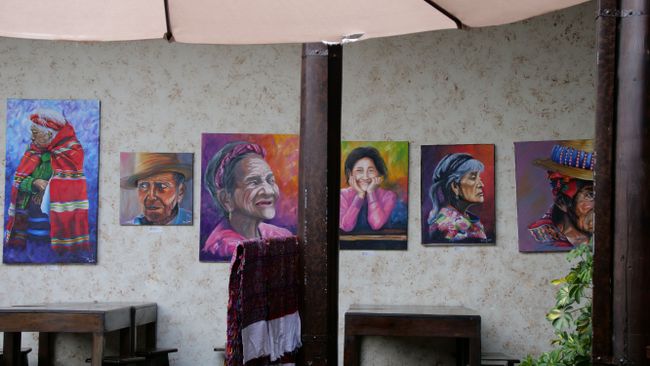
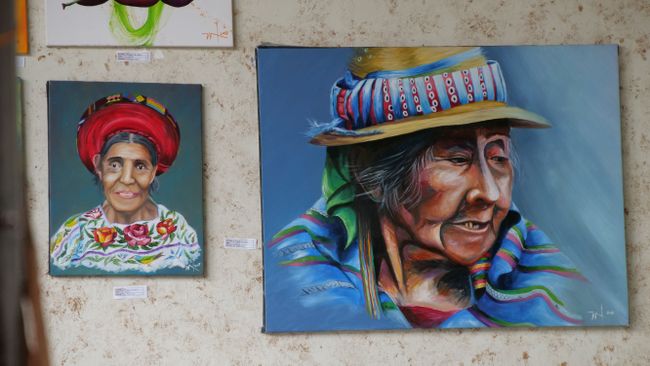
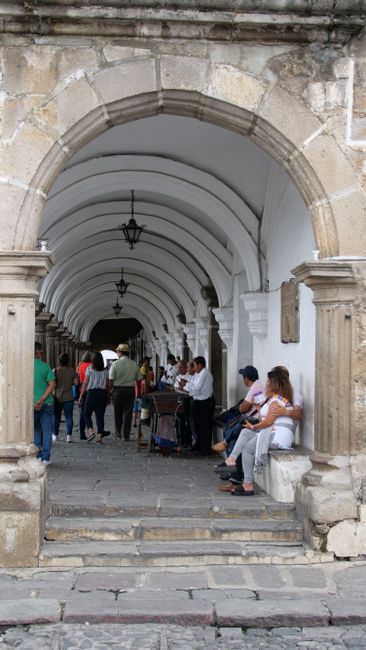
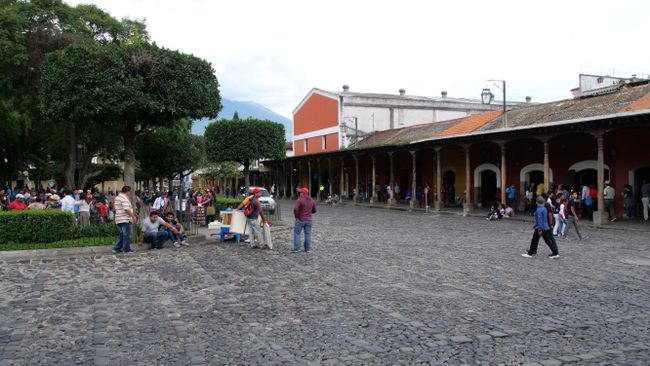
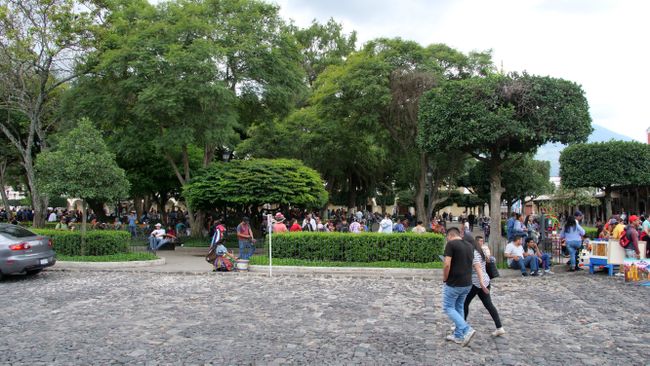
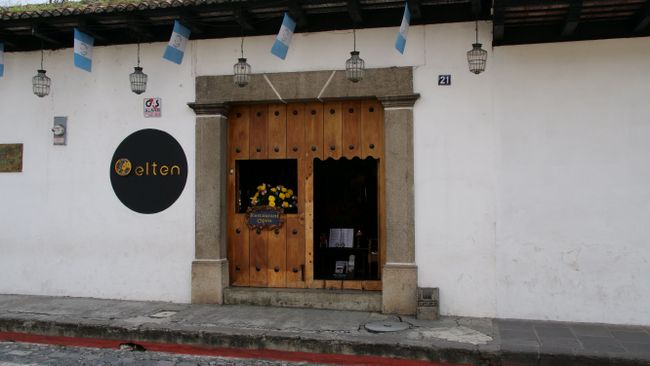
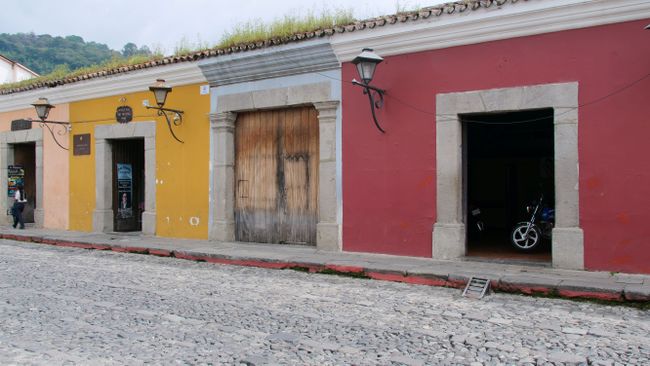
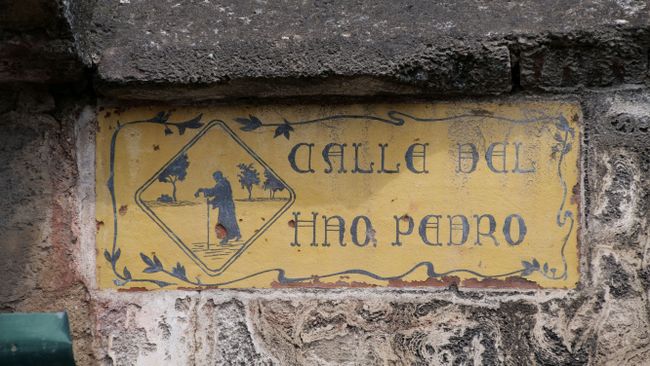
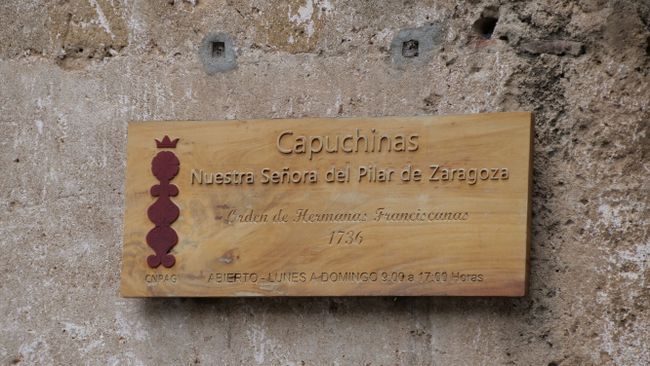
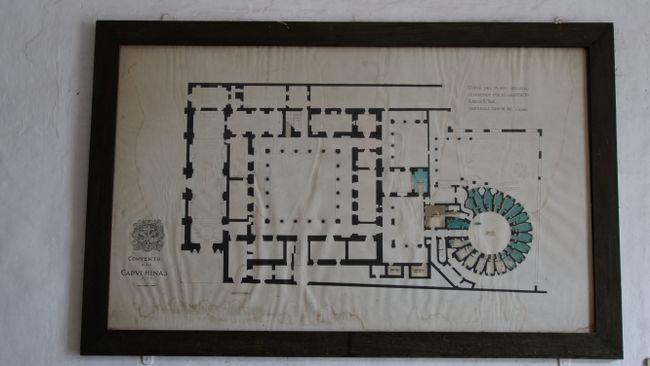
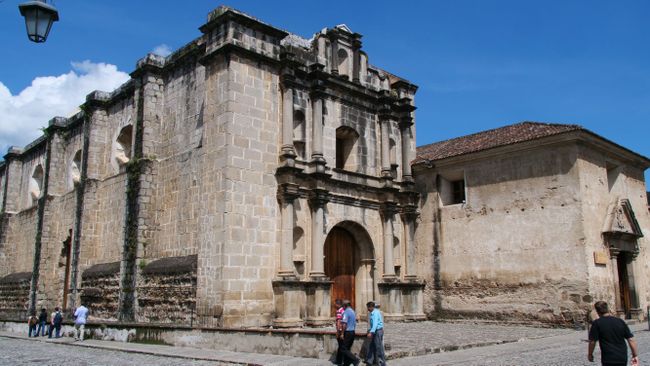
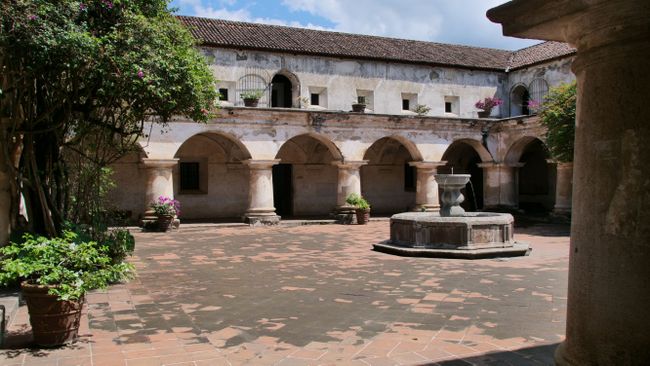
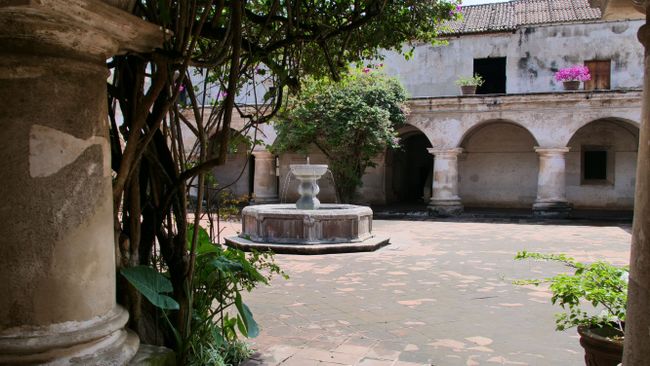
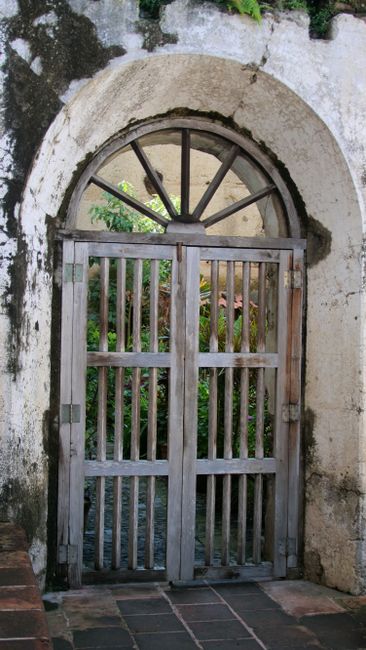
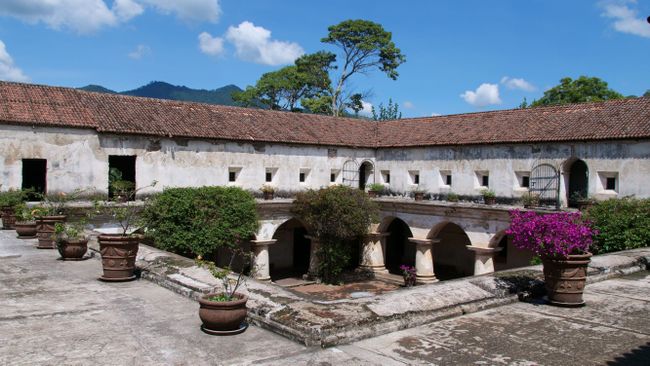
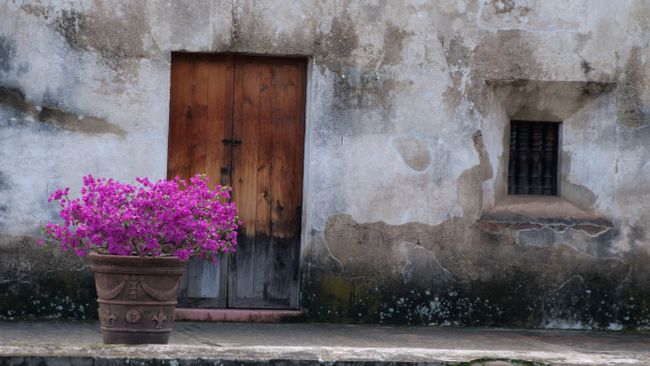
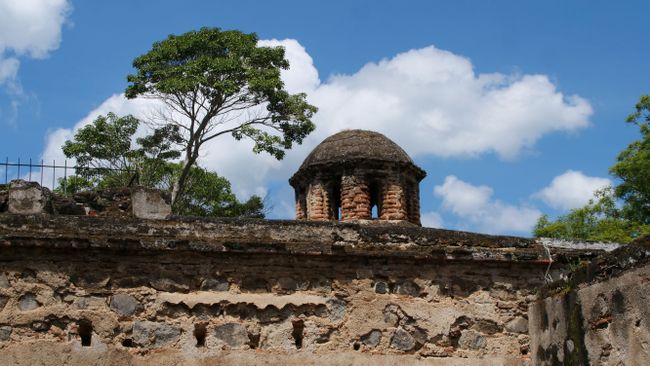
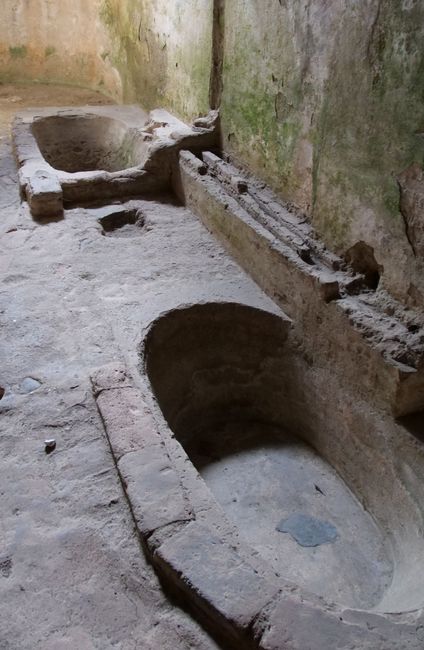
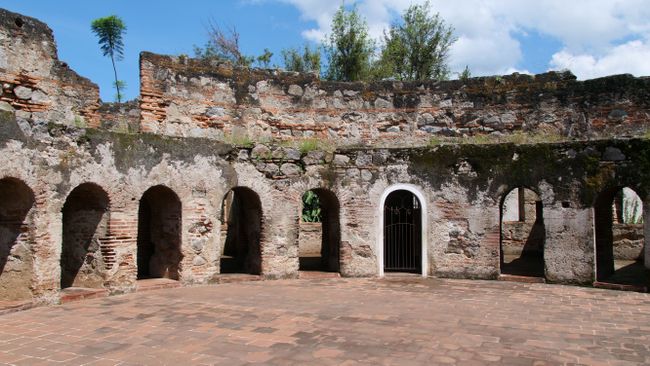
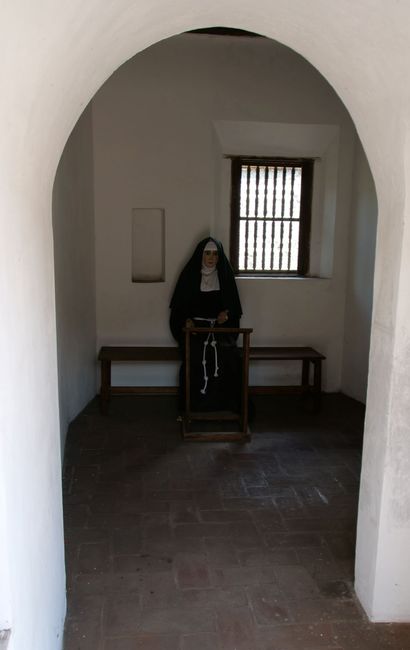
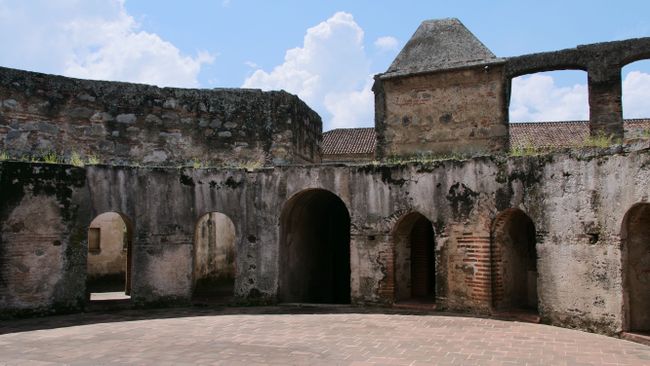
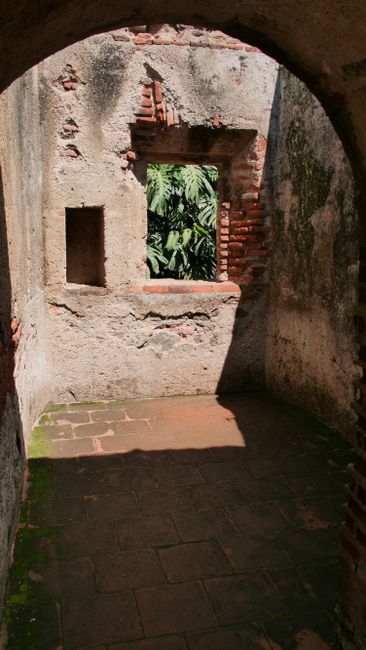
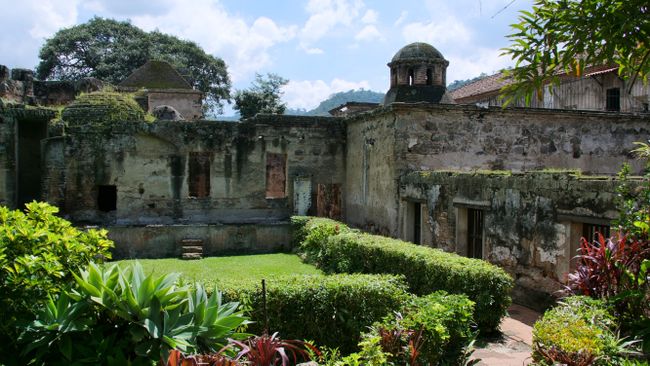
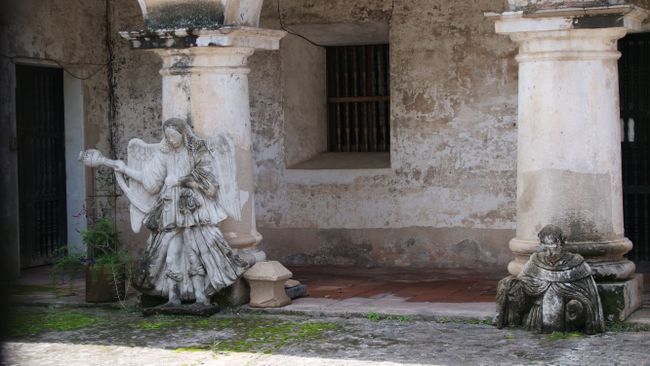
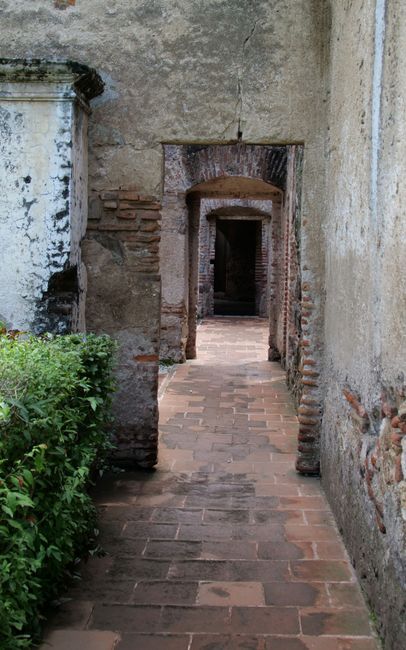
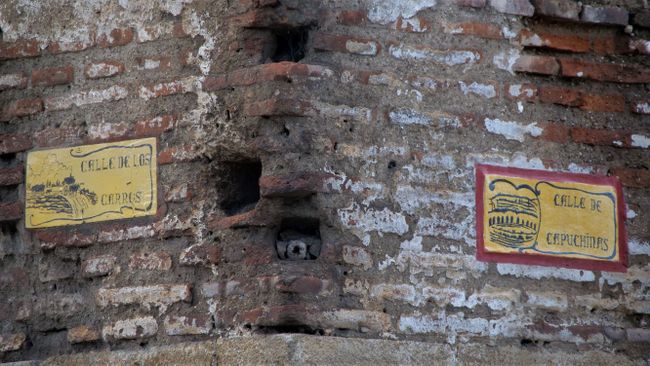

Abonner på nyhedsbrev
Antigua Guatemala is located in the central highlands of Guatemala. We immediately noticed the difference in temperatures. It had been a long time since we had taken out our long pants. From 1543 to 1773, Antigua was the capital of the Spanish colonies in Central America. During these 200 years, the infrastructure developed rapidly and the city became the political, economic, and cultural center of Central America. In 1773, Antigua was completely destroyed by a severe earthquake. However, the city was not abandoned and recovered, only to be hit by another earthquake in 1976 causing heavy damage. Today, numerous ruins serve as a reminder of the natural disasters as well as the colonial heyday of the city. Since 1979, Antigua has been a UNESCO World Heritage site and is the main attraction of Guatemala. We took 3 days to explore the small town. We strolled through the colorful streets, admired colonial buildings, green courtyards, and saw more tourists than we had seen in months. Most of the life revolves around the central square, Parque Central. Restaurants, cafes, souvenir shops, museums, street vendors, and musicians. One particular shop caught our interest, Casa del Ron. Here we could taste the good Ron Zacapa, which is produced in Guatemala. We also visited the Choco Museum, not to learn about chocolate, but to take a cooking class and experience local cuisine. It was just the two of us and our teacher. We stirred and drank cocoa, sliced, fried, stirred, tasted rum, and then enjoyed a delicious meal. It was really fun, and we were able to take away some tips. Guatemala is also known for its excellent coffee. We didn't want to miss out on that either, so we went on a coffee tour. In a small town near Antigua, we met our guide Axel, who was also our English translator, and a coffee farmer. We walked through the narrow streets of the town, which were being decorated for a festival, until we reached the coffee fields. We were given a detailed explanation of how coffee is produced, from the preparation of the field to the harvest. In the farmer's house, she revealed the process of removing the husk, and then it was our turn to get involved. We roasted the coffee beans, ground them, brewed coffee, and enjoyed the final product in our cups. After this great coffee excursion, we had lunch at Caoba Farm. Here, all kinds of vegetables and herbs are grown and freshly prepared on the plate. On the second last morning, we had glorious sunshine, so we decided to walk to the lookout point on Cerro de la Cruz, the Hill of the Cross. We enjoyed a breathtaking view of the beautiful city and the surrounding volcanoes. But we still hadn't discovered everything in the city itself, so we headed to Iglesia La Merced. The church is the best-preserved Baroque building in the city, dating back to 1767. Despite some damage, it even survived the subsequent earthquake. However, the most famous is probably the Arco de Santa Catalina. Through this archway with a clock tower, you have a great view down a colorful street to the Volcán de Agua. Lastly, we visited the Convento de las Capuchinas, the monastery of the Capuchin nuns. Particularly impressive in the monastery is the "Tower of Retreat". Around a circular patio, there are 18 small cells. In these cells, nuns of a branch of the Franciscan order, who arrived here from Spain, lived under strict monastic rules. And then it was time to move on to El Salvador.
Abonner på nyhedsbrev
Svar (2)
Ute
Der Kochkurs war bestimmt interessantAnne
Das war er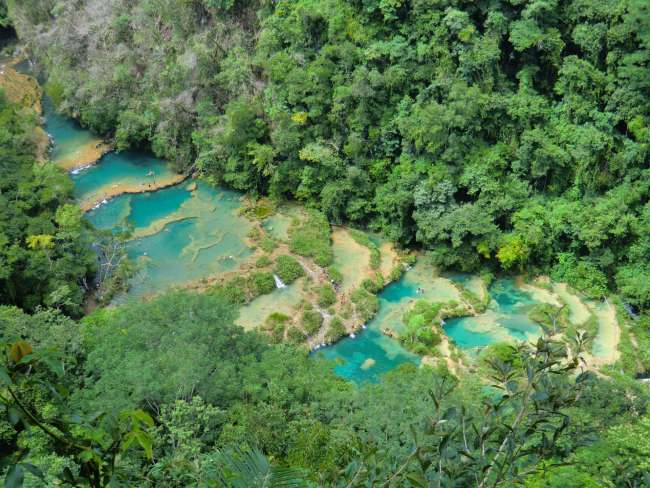
Rejserapporter Guatemala
